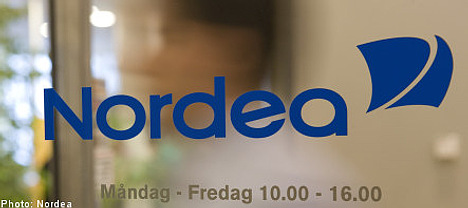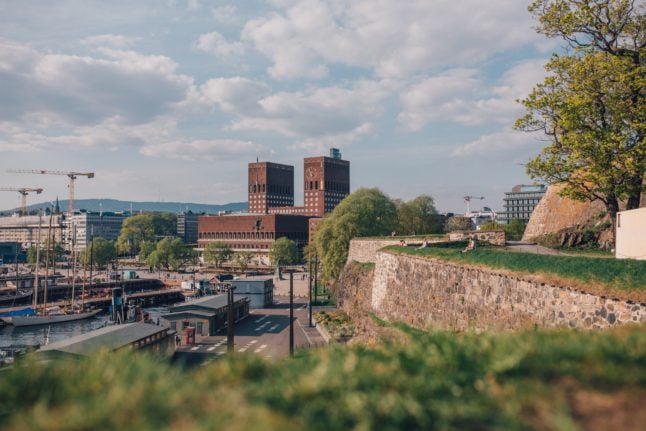Net profit in the January to March period edged up two percent to 794 million euros ($1.03 billion), beating a 753 euro consensus by analysts polled by Dow Jones Newswires.
But shares in the financial heavyweight fell as investors worried over the bank’s capitalization.
“Net interest income is negatively affected by low interest rates, putting pressure on our deposit margins. Demand for credit remains subdued, especially in the corporate sector,” chief executive Christian Clausen said in a statement.
However, results were shored up by narrowing net credit losses of 199 million euros in the period, compared with a loss of 218 million last year.
SEE ALSO: Get the latest exchange rates and transfer money on The Local’s Currency page
Nordea’s tier one capital ratio is lower than some of its rivals, and the bank’s financial plan aims to keep it above 13 percent. At the end of the first quarter the measure stood at 13.2 percent, rising just 0.1 percentage points on a quarterly basis.
“The Nordic economies broadly continued to perform relatively well compared to the rest of Europe,” the bank said, citing Sweden and Norway as the strongest performers.
“Finland remains more closely tied to developments in the eurozone and was affected by the general weak sentiment. Likewise, the Danish economy continued (its) relative under performance,” it added.
Shares in Nordea were down 2.55 percent in midday trading on the Stockholm Stock Exchange, where the main index was 0.77 percent lower.
AFP/The Local/og



 Please whitelist us to continue reading.
Please whitelist us to continue reading.
Member comments